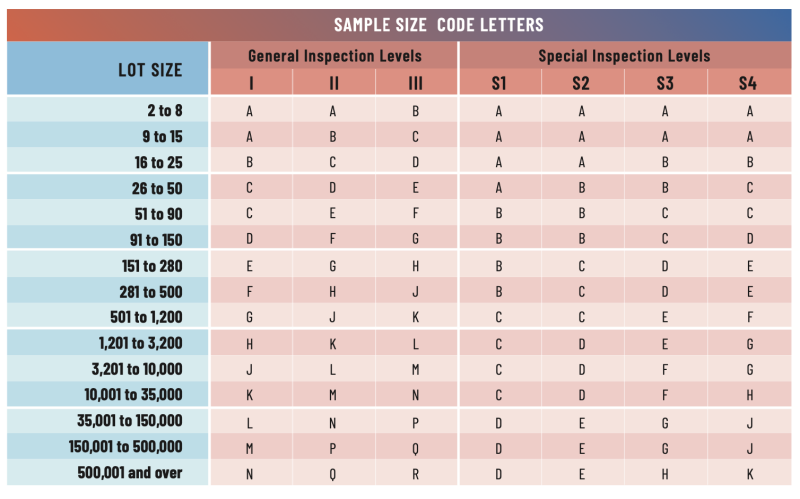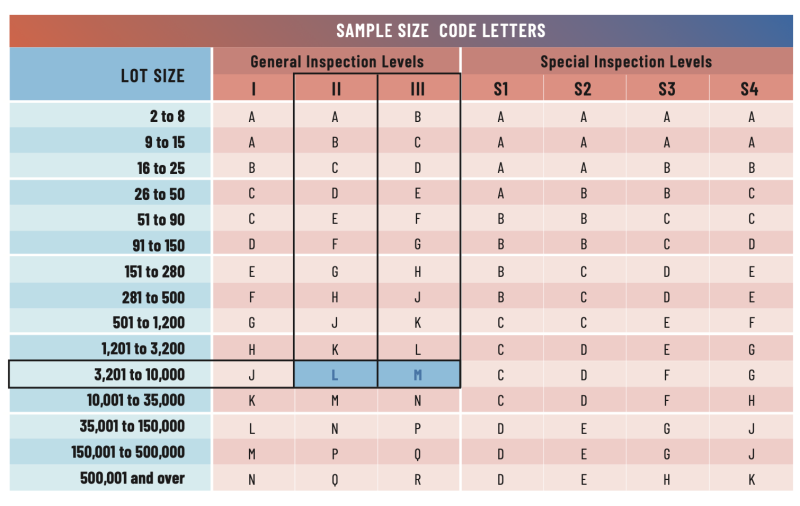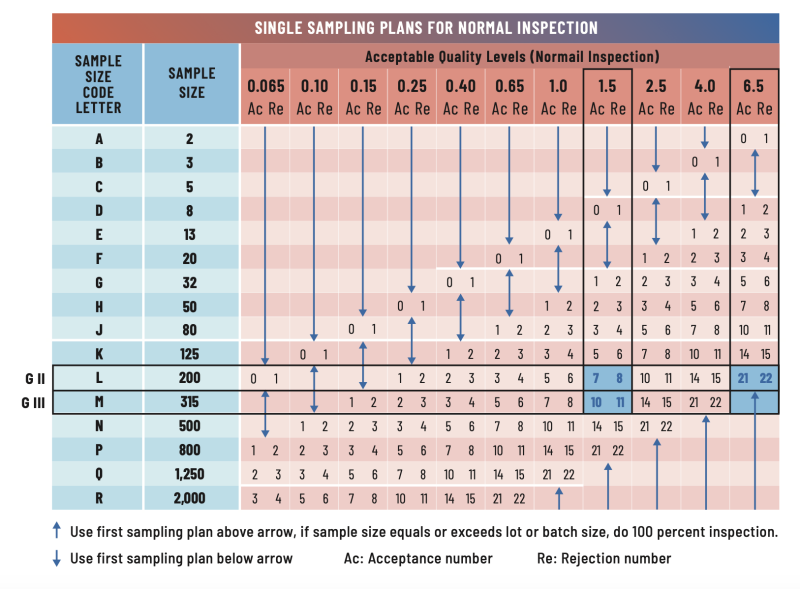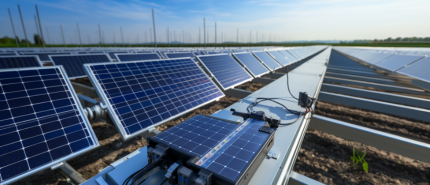When performing sample inspections for a solar project, how do you know if you should perform quality control on one, dozen, or thousands of samples?
And from inspecting those samples, when do you put the limit between a good (PASS) inspection and a not acceptable (FAIL) inspection?
The systematic solution used by Sinovoltaics is to follow the ISO 2859-1:1999 standard as your sampling standard.
The sampling quantity is an important step to statistically represent the solar PV module quality of your production batch.
To define the general quality level of your production batch you need to calculate and define:
- The lot size of your production batch, in the number of pieces (not in kW or MW).
- The accepted General or Special inspection level with your supplier. For example G-I G-II or S-4.
- The Acceptance Quality Level (AQL), also with your supplier. For example Major 1.5 Or Minor 6.5.
Through this article, we are going to define each of those terms and go through a practical 30MW project example on how to calculate each parameter for the solar PV module quality inspection.
But back to the theory first.
The ISO 2859-1:1999 standard provides two tables to help us define the right sampling quantity. The first one is below and will help you define the “Sample Size Code Letter”. The only input information needed is your lot size:

The ISO 2859-1:1999 then separates this table into two categories:
- General AQL inspection levels (G-I, G-II, G-III) indicate sample sizes for non-destructive inspections (visual inspection, flash-test, electroluminescence (EL) imaging…).
- Special inspection levels (S1, S2, S3, S4) are rarely used as they point to much smaller sample sizes. They are usually reserved for on-site or destructive testing (mechanical or degradation tests for example).
As a rule of thumb, higher inspection levels correspond to larger sample sizes.
A general recommendation by Sinovoltaics is to perform at least General Inspection level 1 (G-I) during your non-destructive Pre-shipment inspection for solar modules. If your confidence in your supplier is not great, you can increase the sampling size by performing a General Inspection level 2 (G-II) or level 3 (G-III).
Let’s take an example to illustrate this first table. We want to inspect a 30MW project of 550Wp modules, split into 5MW batches (9,090 modules per batch).
The quantity per batch corresponding to “3201 to 10000 modules”, we have our “lot size” information. In our case, the confidence in the supplier is not optimal, so we want to inspect at General Level 2 (G-II) or General Level 3 (G-III), see the table below:

We have now the “Sample Size Code Letter” information: L for G-II and M for G-III.
Coming back to the theory now. Once the “Sample Size Code Letter” has been defined, you can define the number of the accepted quantity of defective modules (following your AQL) with the second table below:

For a given AQL, this table will give you the quantity of acceptable modules (Ac) with defect to consider your production batch as “PASS”. And also the threshold quantity of defective modules to consider your production batch as non-compliant (Re).
From the table, you can see that the highest the AQL, the highest the number of defective modules accepted in your sampling testing.
Typical recommended AQL are:
- For MAJOR defects: 1.0-1.5 AQL.
- For MINOR defects: 2.5 - 6.5 AQL being the latter very common.
What are considered as MAJOR or MINOR defects are defined in your supplier quality documents for visual inspection and electroluminescence (EL) imaging.
Those documents will then be used by Sinovoltaics during the Pre-shipment inspection. Sinovoltaics also helps its clients to raise the strictness of those standards, and as developed its own Electroluminescence standard for example a short extract is available below:

Coming back to our 30MW example project of 550Wp modules, if you remember correctly, we have defined “Sample Size Code Letter” information: L for G-II and M for G-III.
In our practical case, we defined the AQL’s of 1.5 for major and 6.5 for minor defects. We can then access the number of accepted and rejected defective modules.

For a General level II (GII) inspection level: 200 samples shall be taken. The entire lot will be rejected if within those 200 samples:
- there are 8 or more defective modules with major defects.
- or 22 or more defective modules with minor defects.
For a General level III (GIII) inspection level: 315 samples shall be taken. The entire lot will be rejected (FAIL) if within those 315 samples:
- there are 11 or more defective modules with major defects.
- or 22 or more defective modules minor defects (the arrow points us to the right quantity to follow).
In both cases, if the number of defective modules is below that threshold, then the entire lot will be accepted (PASS).
Et voilà! You are now an expert at defining AQL and sampling quantity.
However, please have in mind that sampling testing only gives a statistical overview of the quality of your production batch. It is a mandatory step to apply to your standard quality procedures, but it doesn’t mean that your production batch is free from defects.
For PV modules inspections, sampling is definitively not enough. Learn why in our 100% EL case study.






